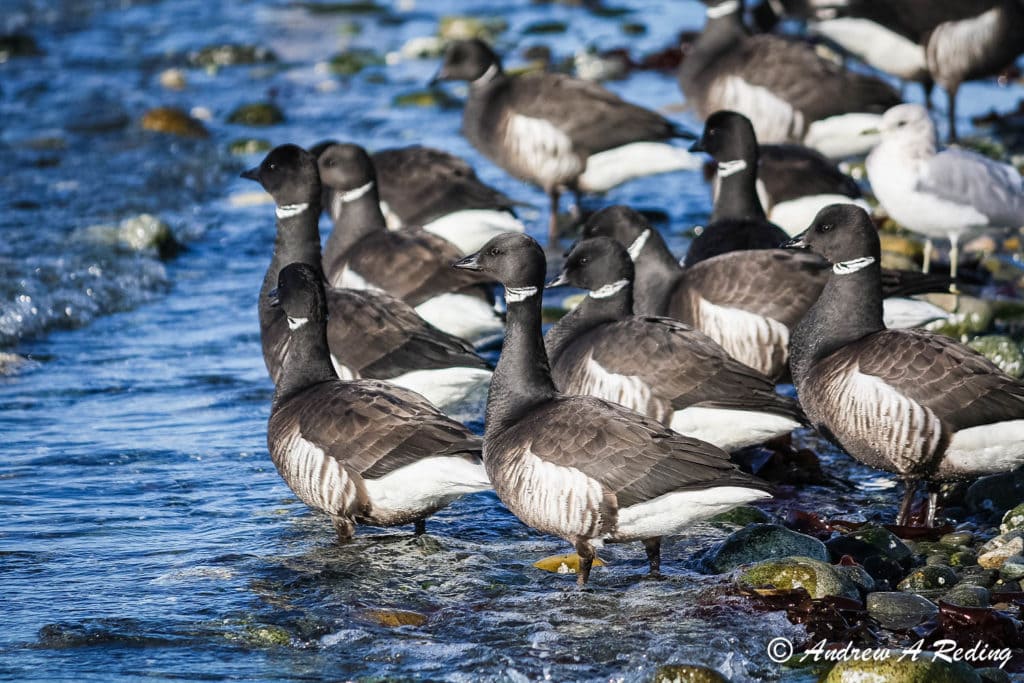
In 2020, Governor Brown tasked state agencies (per Executive Order 20-04) to develop comprehensive plans to reduce greenhouse gas emissions statewide. She requested the Oregon Global Warming Commission submit a report to help the state create its first strategy to account for and manage carbon stored in the state’s Natural and Working Lands. Bird Alliance of Oregon and partners successfully advocated for the inclusion of blue carbon in the draft plan.
Take Action
Please submit comments by October 30, 2021 to the Governor’s Staff.
Email: kristen.sheeran@oregon.gov, Jason.MINER@oregon.gov
Subject: Move forward on Natural and Working Lands Proposal with Blue Carbon
Talking Points
Send a message to Governor Brown to move forward with this plan and to make sure actions to protect blue carbon resources stays in it:
- Thank her for issuing Executive Order 20-04 which directs agencies to reduce and regulate greenhouse gas emissions. It’s critical that all relevant state agencies do their part and are explicit in actions they take to confront this important issue.
- Ask her to support the Oregon Global Warming Commission’s Natural and Working Lands Proposal and ensure that blue carbon habitats are retained in the present and future strategies to sequester greenhouse gas emissions from natural and working lands.
- Stress the value of Oregon’s tidal forest wetlands for sequestering carbon and ameliorating the effect of ocean acidification, but also for protecting many bird species and commercially important species like Dungeness crab, salmon and oysters. These are important “co-benefits” that will not only help achieve climate mitigation goals but also protect wildlife and help the economy.
- Protecting blue carbon is part of how Oregon can think globally and act locally. The leadership that Oregon takes on blue carbon can play a role in the Biden Administration’s commitment to conserve at least 30 percent of U.S. lands and freshwater and 30 percent of U.S. ocean areas by 2030. Additionally, Oregon leadership on blue carbon can feed up into the United States’ Nationally Determined Contributions as part of its adherence to the 2015 Paris Climate Accords.
- Oregon is poised to start updating guidance for its estuary management plans, an innovative land/aquatic land use framework when first adopted 40 years ago. These new updates should incorporate knowledge around blue carbon and new protections for these habitats to the benefit of birds, wildlife and people.



